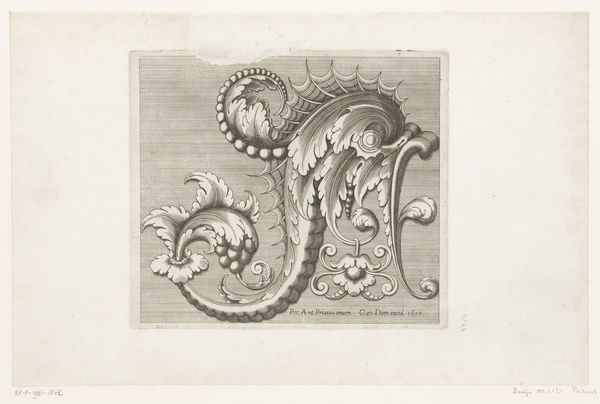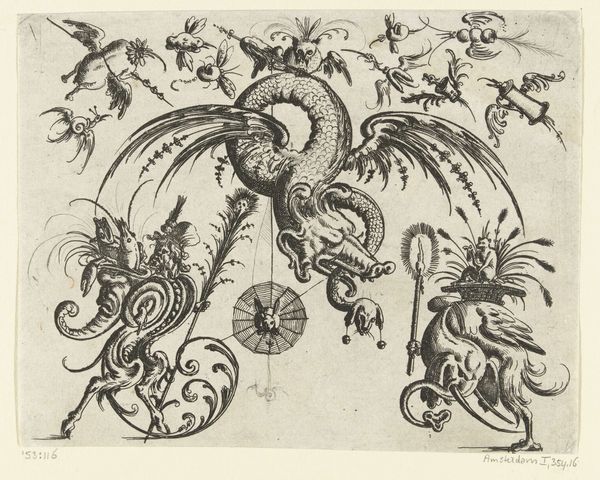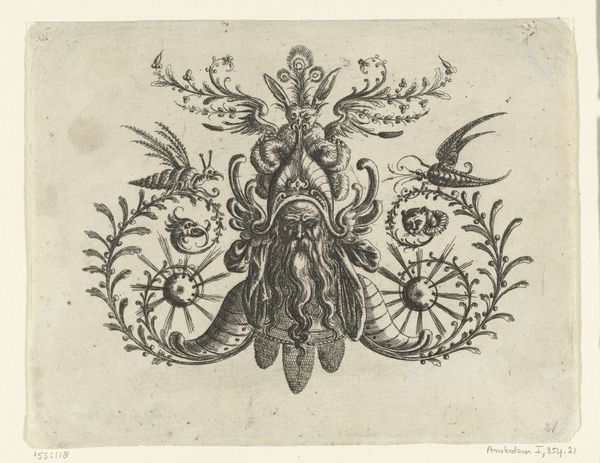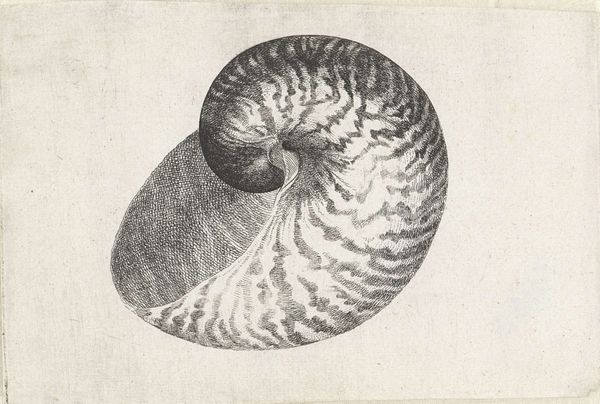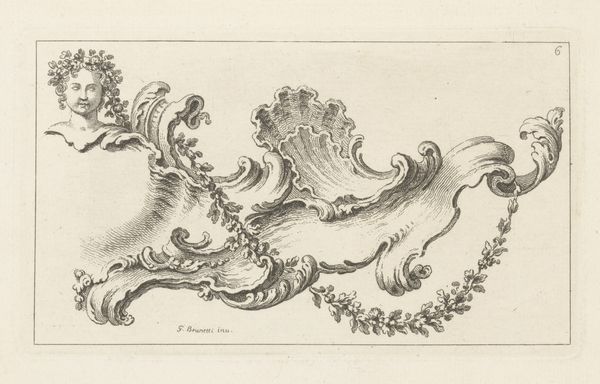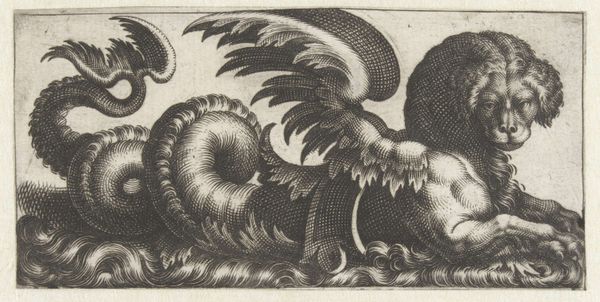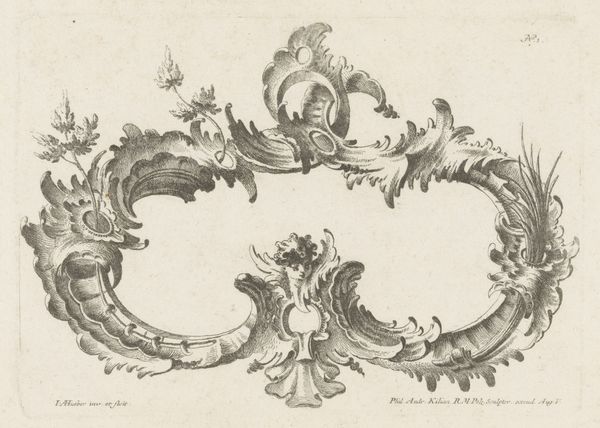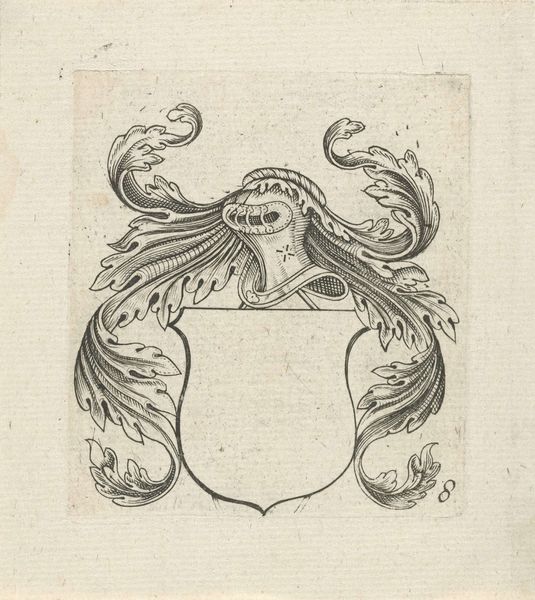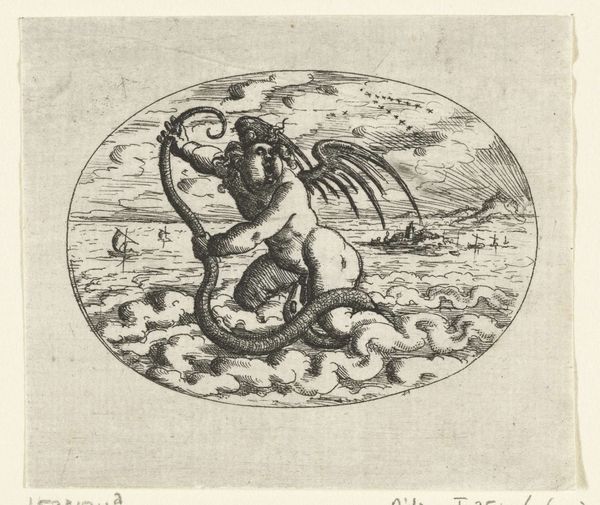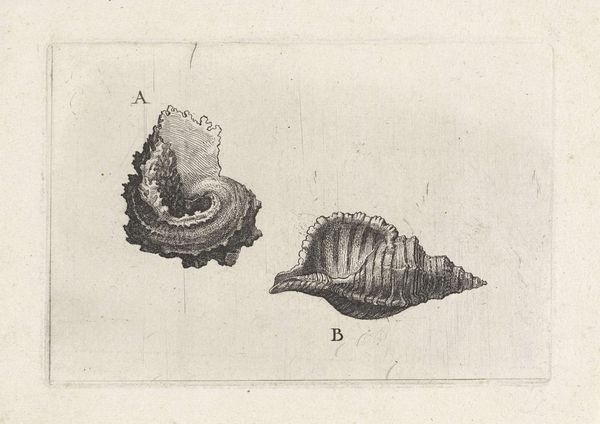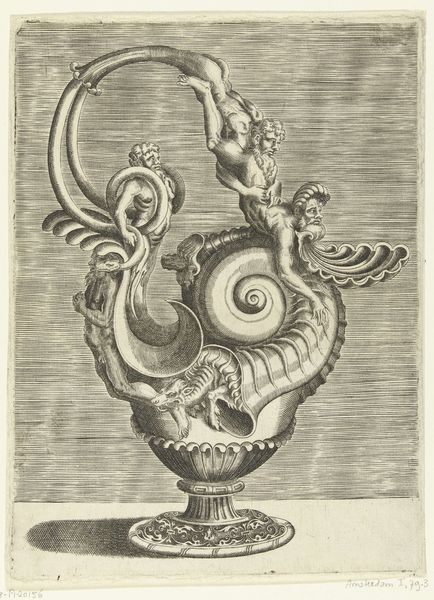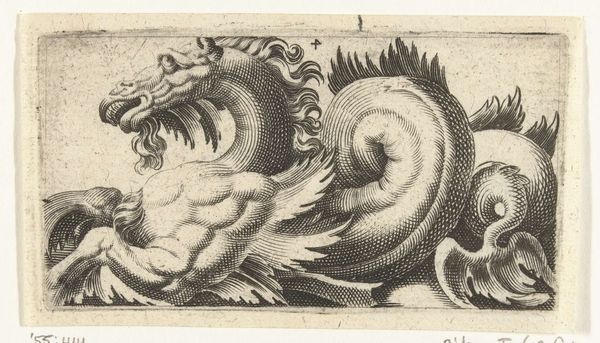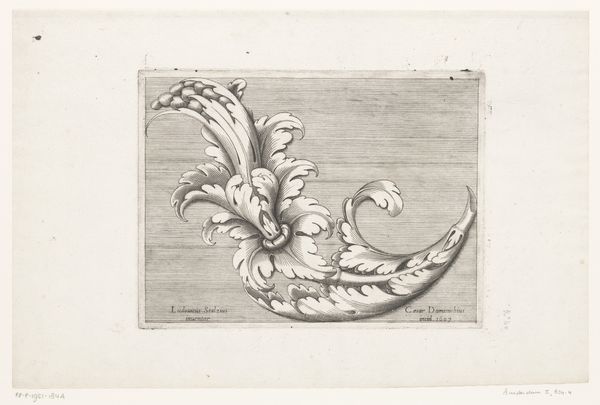
print, engraving
#
baroque
# print
#
figuration
#
line
#
naturalism
#
engraving
Dimensions: height 99 mm, width 135 mm
Copyright: Rijks Museum: Open Domain
Curator: Standing here, we observe Wenceslaus Hollar's "Schelp, argonauta nodosa," dating roughly from 1644 to 1652. It’s currently held here at the Rijksmuseum, an exquisite example of his printmaking. Editor: Immediately, I’m struck by its delicate intensity. It feels like a study in contrasts – the hard, almost architectural shell against the soft, flowing tentacles of the creature. I wonder, does that contrast evoke a sense of vulnerability for you? Curator: Precisely! The stark realism, typical of Baroque naturalism, captures a moment laden with symbolism. In a society deeply interested in the natural world yet structured around hierarchical power, we might read this shell not merely as a scientific illustration, but as a metaphor. Think of the fragility of existence within systems that might seem as impervious as this very shell. Editor: Ah, I get it, it’s not just showing a sea creature. It's whispering something about power. I keep coming back to those lines, though; so precise, like delicate scratches. I wonder how long something like this takes. Curator: As an engraving, Hollar would have meticulously etched those lines into a copper plate. It’s a labor-intensive process demanding a high degree of skill and a keen observational eye. But, thinking about the subject matter in his broader work: How might we interpret the female argonaut within our contemporary ecological awareness? Editor: Oh, like, are we supposed to feel bad for the shell dweller because the ocean's turning into a plastic soup? Seriously though, thinking about its context does change things. Today, seeing such detail put into a tiny shell feels like an amazing, melancholic gesture—almost like a memorial for a disappearing beauty. It makes you question our footprint. Curator: Absolutely. The act of detailed representation, rendered with such technical skill, also functions as a document, a form of preservation against inevitable changes and losses—losses that are social and political, as much as environmental. Editor: Well, I started seeing just a shell, and now, well, now I’m seeing… a whole bunch of things I wasn’t expecting. It is powerful how looking close unlocks a dialogue with art, history, and our own times. Thanks for guiding that deep dive. Curator: My pleasure. Hopefully this brief moment can prompt deeper inquiries for us all.
Comments
No comments
Be the first to comment and join the conversation on the ultimate creative platform.
